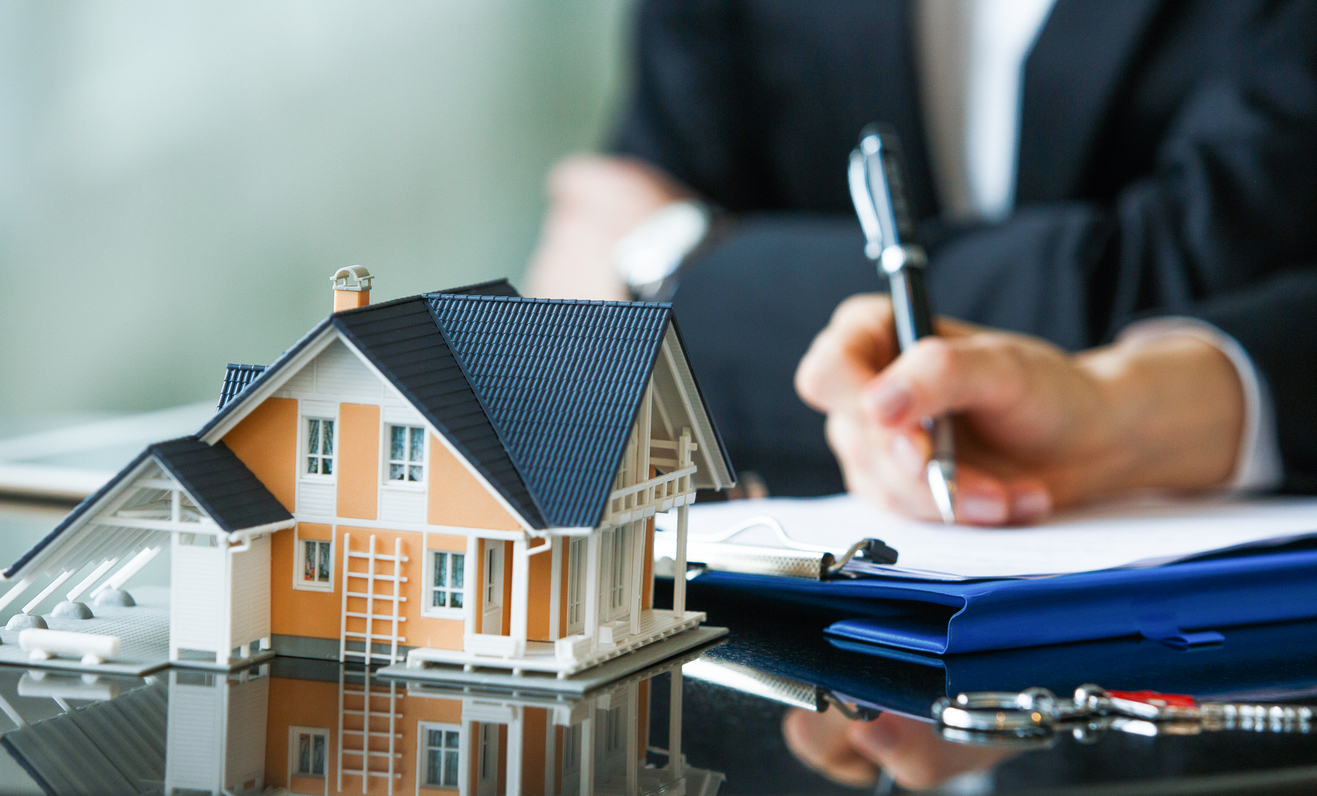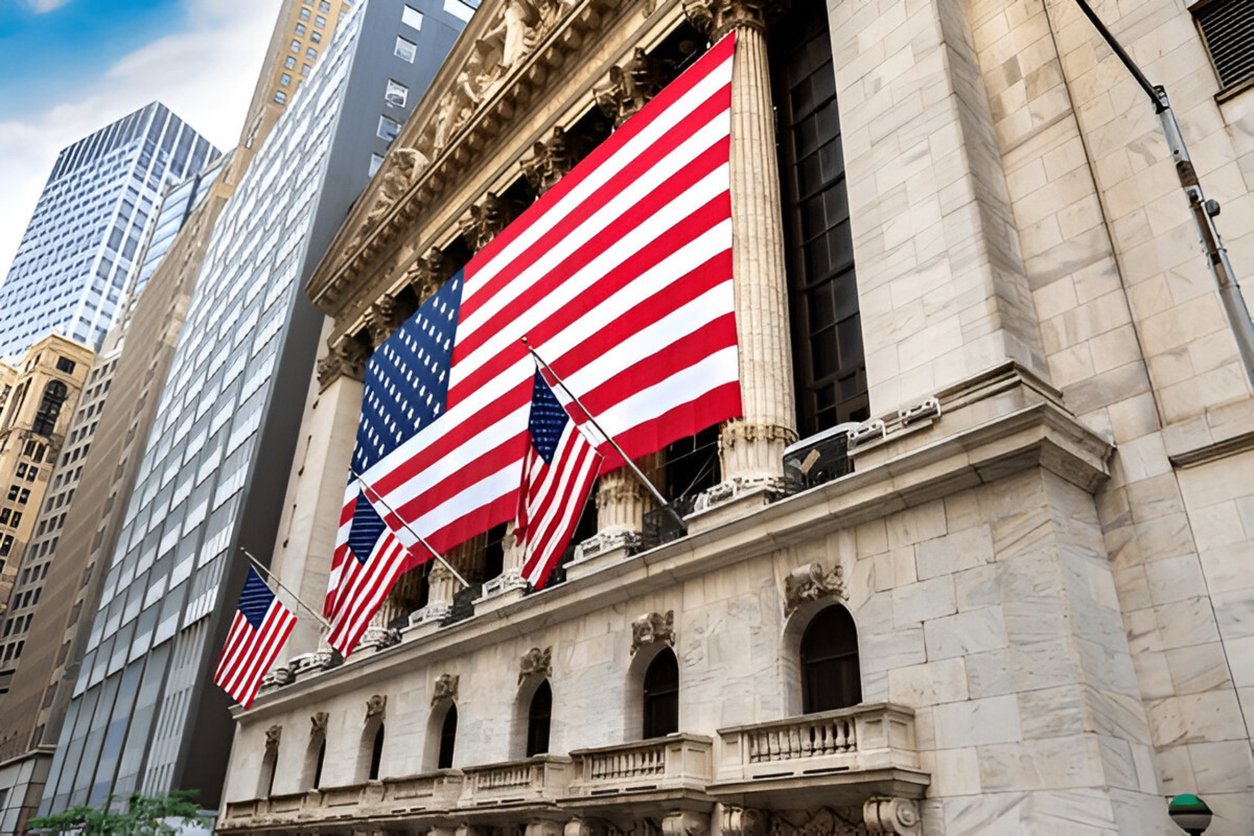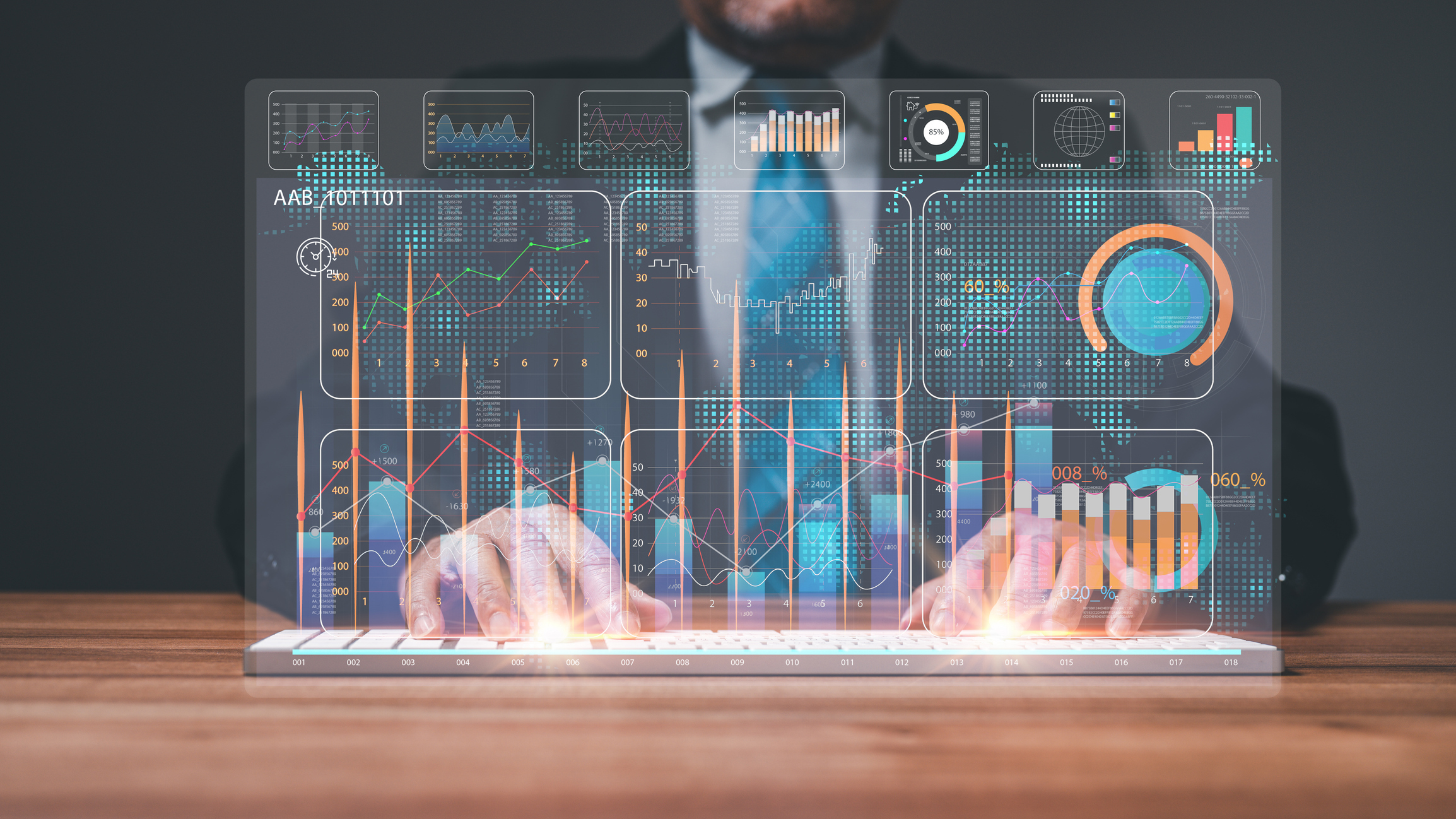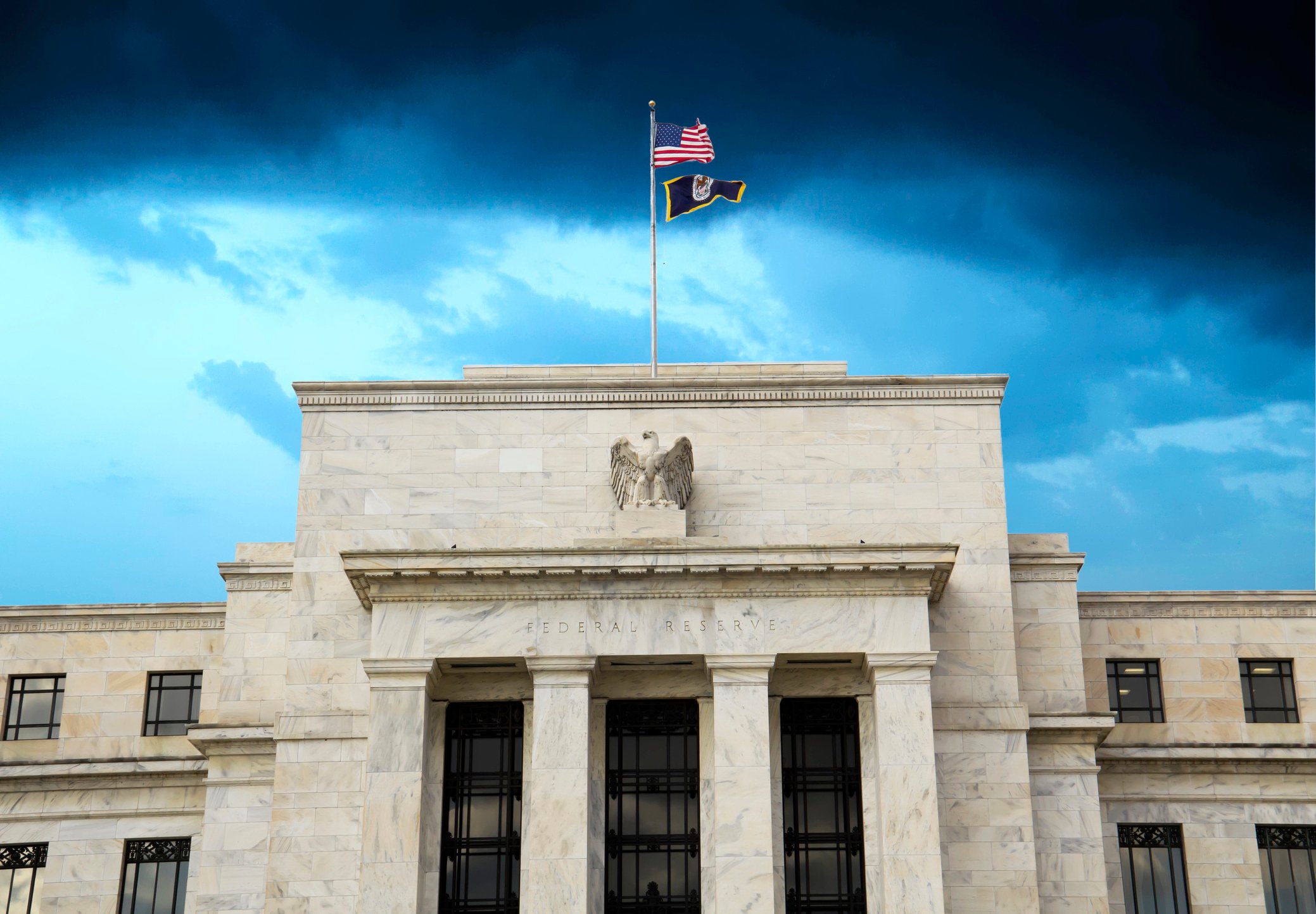Mimetic desire is a behavioural concept developed by French philosopher René Girard, and it refers to the idea that our desires are not entirely our own but are shaped by observing and imitating the desires of others.

In Simple Terms:
We often want something because someone else wants it—not because we inherently value the thing itself, but because we unconsciously imitate others' desires. This imitation can lead to rivalry, competition, and even conflict, as multiple people desire the same object or status.
Key Points of Mimetic Desire:
- Desire is imitative: We learn what to want by watching others.
- The “model”: The person we imitate becomes a model of desire, but also a rival.
- Conflict arises: When multiple people mimic the same desire, competition ensues.
- Cultural and social impact: Mimetic desire can explain everything from consumer trends to social dynamics and even violence.
For example, you might not have initially cared about a luxury car, but seeing a peer or influencer value and desire it suddenly makes it more attractive to you. That’s mimetic desire at work.
How does it affect investment behavior?
Mimetic desire significantly influences investment behavior by driving individuals to imitate the choices of others rather than relying on independent analysis. Investors often look to peers, influencers, or institutional leaders as models for what is worth investing in. When a particular stock, sector, or asset class gains attention—such as tech stocks, cryptocurrencies, or clean energy—investors are quick to imitate others' choices, fearing they might miss out on high returns. This imitation is not always rational; it’s fueled by the visibility of others’ success and the perceived credibility of high-profile investors or online communities. There could also be a possibility that as more individuals pile into these "hot" investments, prices can become inflated, creating momentum-driven markets vulnerable to sharp corrections. In this way, mimetic behavior contributes to boom-and-bust cycles, where excitement replaces strategy and trends override long-term value.
Hence, understanding the cause and effect of mimetic desire can provide insight into market trends, bubbles, and investor psychology.

How Mimetic Desire Affects Investment:
- Herd Mentality & FOMO - Investors often imitate the decisions of others—especially high-profile investors or large institutions—rather than conducting independent analysis. This leads to herd behavior or FOMO (fear of missing out), where people invest in an asset simply because it’s popular or trending. Example: The surge in meme stocks like GameStop or AMC was driven largely by retail investors mimicking each other's enthusiasm on platforms like Reddit.
- Asset Bubbles: When many investors mimic each other's desires, it can inflate the value of an asset far beyond its fundamentals, resulting in speculative bubbles. Historical Example: The dot-com bubble or the housing market crash of 2008—both were fueled in some part by mimetic desire, as investors chased the same high-return assets because others were doings.
- Influence of “Models” or Influencers - High-profile investors like Warren Buffett, Cathie Wood, or Elon Musk often act as models of desire. When they show interest in a stock, sector, or cryptocurrency, a wave of imitators may follow, often without fully understanding the underlying value. Example: Elon Musk tweeting about Dogecoin significantly increased its price, largely due to mimetic desire among retail investors.
- Mimetic Rivalry - In competitive markets, mimetic desire can turn into rivalry, where investors or firms try to outdo each other, not just for profit, but to match or surpass peers, which can distort investment priorities. In venture capital, firms often rush into the same “hot” startups, not always because of intrinsic value, but due to competitive mimicry.
How to avoid the pitfalls:
- Investors should be aware of when their interest in an asset is internally motivated vs. influenced by others' behavior.
- A clear understanding should be there that trends and hype cycles which are often fueled by mimetic desire.
- To avoid the pitfalls, investors should focus on independent research, clearly defined financial goals, and long-term fundamentals.
- Diversifying portfolios, resisting hype, and consulting with financial advisors can further anchor investment choices in strategy rather than emotion.
Ultimately, resisting mimetic impulses enables more rational, resilient investment behavior in both bull and bear markets.
EXPLORE MORE POSTS
Navigating the New Macro Regime: Quantel’s October 2025 Results
Quantel's Premium Portfolios delivered another strong month in October 2025,...
Read Moreby Shyam Sreenivasan
Top 10 Tax Planning Strategies for Hni Commercial Brokers
High-net-worth commercial brokers stand at the intersection of deal-making and...
Read Moreby Irman Singh
Triple Shock Hits Wall Street: Liquidity, Shutdown, Sentiment
U.S. markets are falling due to liquidity stress, government shutdown...
Read Moreby Jerry Yuan
Keep More of What You Earn : Tax Strategies for Physicians
Physicians often find themselves in some of the highest effective tax brackets...
Read Moreby Irman Singh
Trump-Xi Truce in South Korea - A Fragile Pause for Markets
The U.S.–China truce cools trade tensions and supports risk appetite, but it’s...
Read Moreby Jerry Yuan
Intelligent Tax Planning for America’s Wealth Builders
by Irman Singh
Cooling Inflation Paves Way for Fed Cuts, Lifts Equity Sentiment
Cooling inflation data reinforced confidence in a soft-landing scenario,...
Read Moreby Jerry Yuan
Illiquidity: The Silent Constraint in HNwI's Portfolios
Why even substantial wealth can feel inaccessible — and how to design...
Read Moreby Irman Singh
Market Shaken by Renewed U.S. - China Tensions & Credit Fears
Renewed U.S.-China trade tensions and banking concerns triggered a sharp global...
Read Moreby Jerry Yuan
Why a Traditional Financial Advisor May Be Failing You ?
For decades, the traditional financial advisor has symbolized trust, expertise,...
Read Moreby Irman Singh
Fed Minutes Show Split Outlook: Rate Cuts Expected, but Inflation Maintains Caution
Divided Fed, uncertain path ahead — rate cuts are coming, but sticky inflation...
Read Moreby Jerry Yuan
From Insight to Execution: The Algo Way
Algorithmic investing, once the domain of hedge funds and prop desks, has...
Read Moreby Irman Singh
Drug Prices Drop, Pharma Faces a New Game
by Jerry Yuan
AI and Investing : Smarter Decisions, Sharper Insights
Artificial Intelligence (AI) is transforming the way investment decisions are...
Read Moreby Irman Singh
U.S. Tariffs Reshape Markets : Inflation, Supply Chains, and Equity Risks
by Jerry Yuan
The Overlooked Basics of Family Office
Family offices are created to simplify wealth management, protect assets, and...
Read Moreby Irman Singh
First Fed Cut in a Year: Growth Hopes, Softer Backdrop
The Fed’s first rate cut since 2024 signals a cautious pivot as growth stays...
Read Moreby Jerry Yuan
Smart Diversification for Today’s Economy
For high net worth (HNW) investors, diversification is not just about owning a...
Read More




















